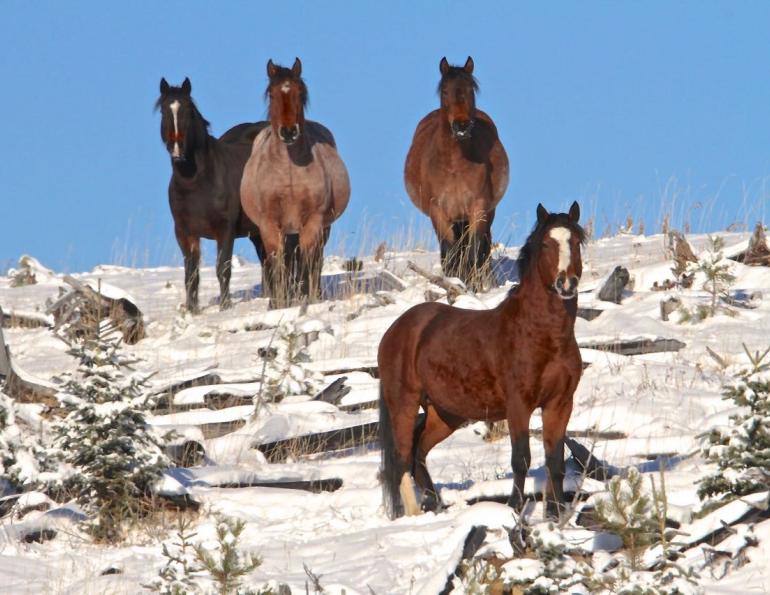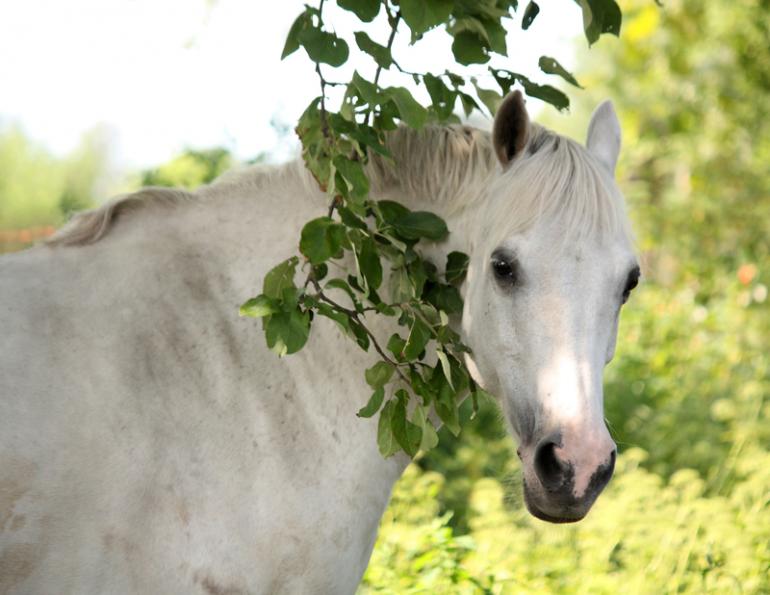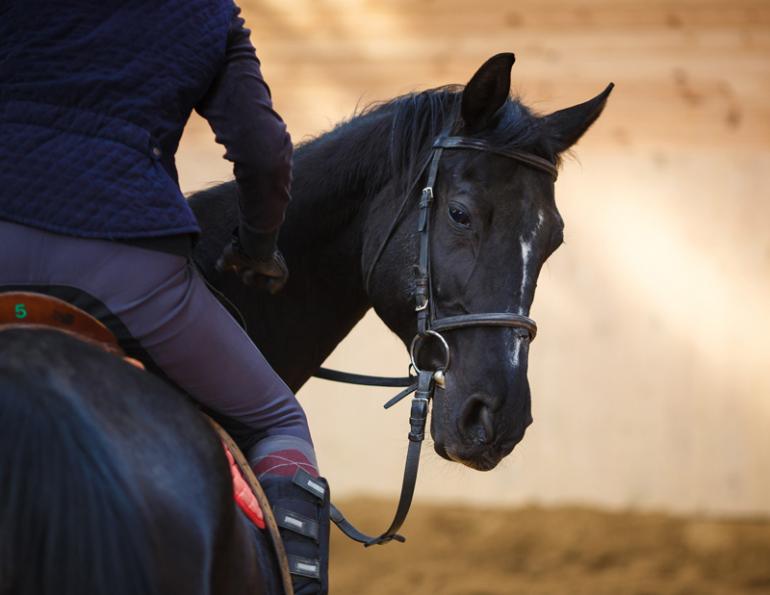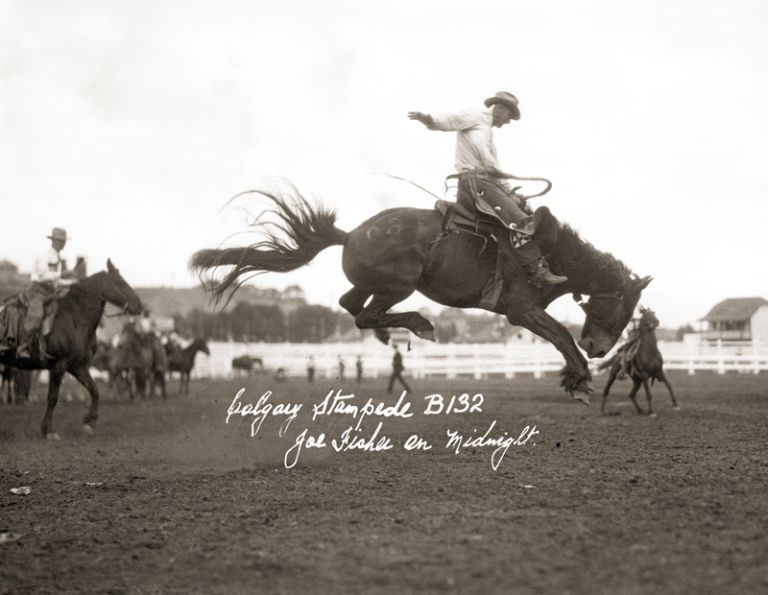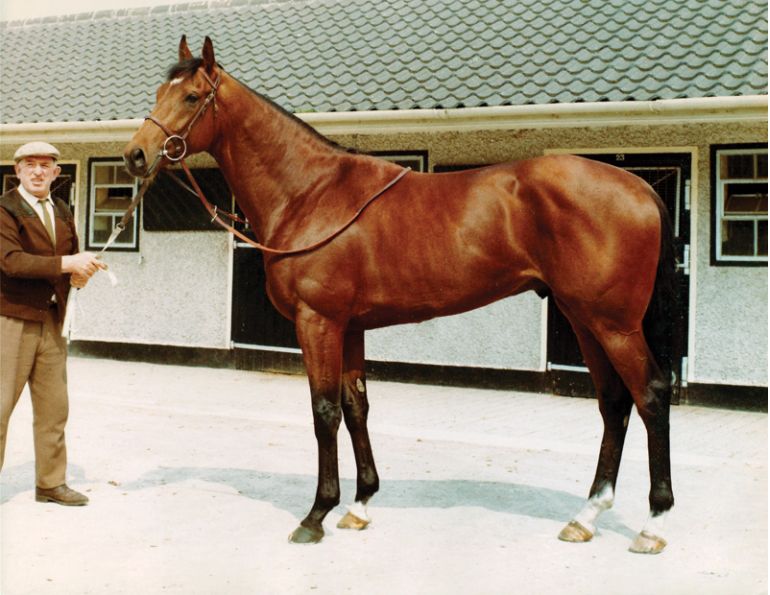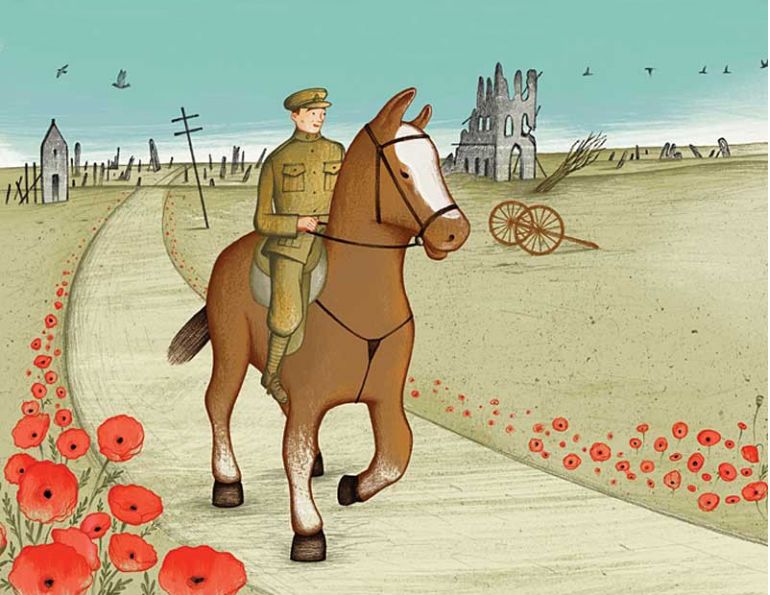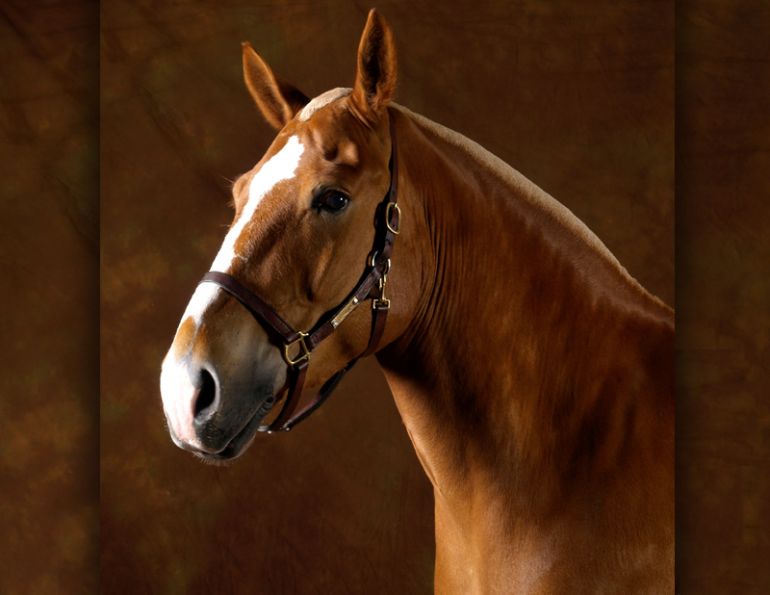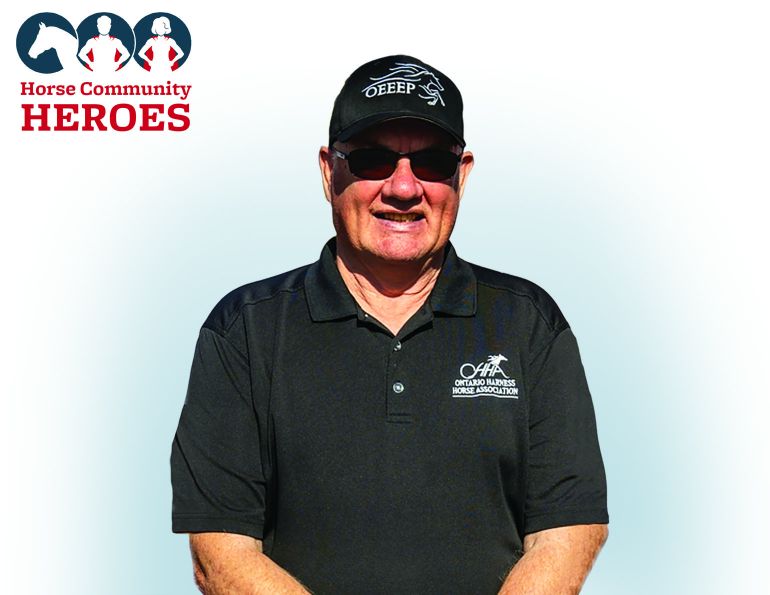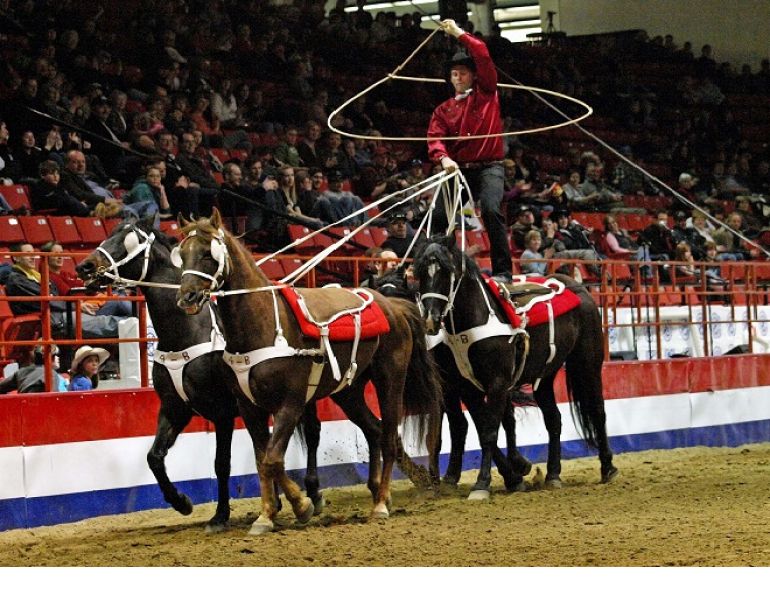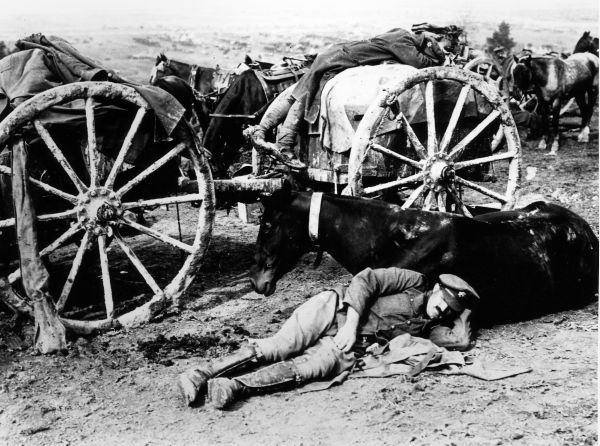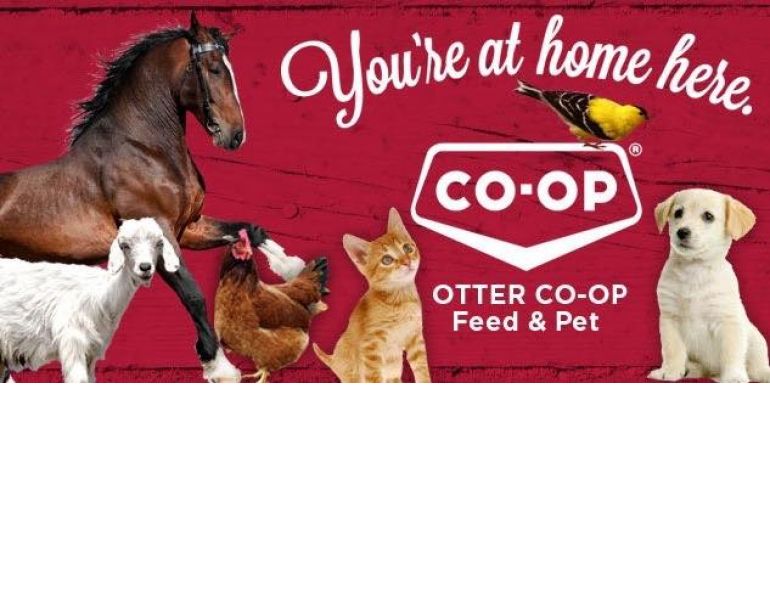By Margaret Evans
In July 2017, we celebrated Canada’s 150th anniversary with 20 stories of exceptional horses that have reflected our values and fired our national pride. One of those stories featured Canada’s wild horse herd.
Wild horses are a fabric of the ancient Canadian landscape going back 56 million years to when they first appeared on the North American continent as dog-sized mammals. They evolved with the changing habitats and climate to become the familiar grassland equine that, some four million years ago, spread to Asia, Europe, and Africa.
In Canada, the last ancient equine discovered in Yukon, Equus lambei, disappeared at the end of the last Ice Age some 12,000 years ago. Yukon and Alaska were also home to the rare stilt-legged horse that never expanded beyond North America.
Today, wild horses live in Nova Scotia, Saskatchewan, Alberta and British Columbia and are considered by many to be an icon of Canada that should be protected for future generations.
Traditionally, it was thought that the horses were descended from those brought to North America by the Spaniards in the early 1500s but genetic testing done at Texas A&M University shows the horses are genetically connected to the Canadian horse and, to a lesser extent, the Yakut horse from eastern Siberia.
The horses of Sable Island, an island off the coast of Nova Scotia, Canada, are most likely descended from horses seized by the British from the Acadians who were living in the Maritime provinces known then as Acadia. The Expulsion of the Acadians from 1755 to 1764 saw the people deported to the 13 colonies in what is now USA, and some of their livestock transported to Sable Island where the horses survived on the tough marram grass in the sand dunes. In 1801, a life-saving station was built on the island and the horses were used to haul lifeboats and life-saving equipment to multiple shipwreck sites.

Horses in the Brittany Triangle. Photo: Wayne McCrory
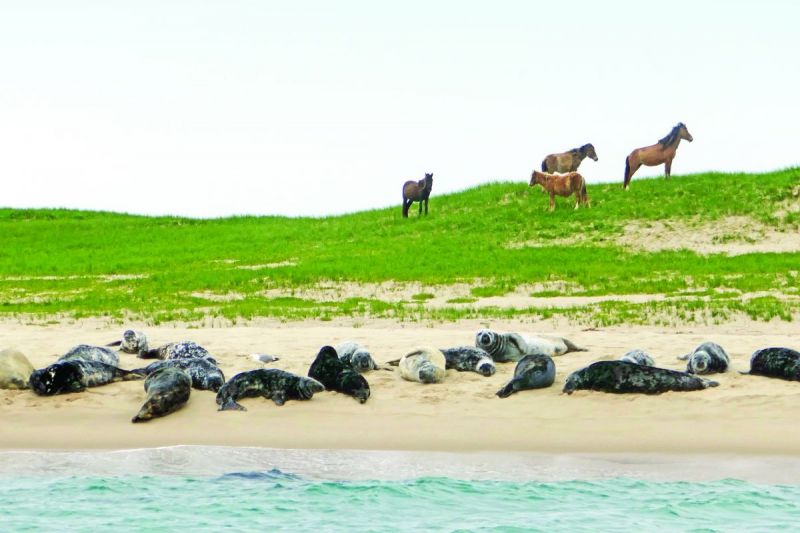
Sable Island horses and grey seals. Photo: Wikimedia/Paul Gierszewski
The horses’ descendants have lived free and today thrive under the protection of the Sable Island National Park Reserve. In recent years, the horse population has increased from historical numbers of 200 to 400 to over 500.
In northern Saskatchewan, wild horses live in the Bronson forest. In Alberta, there were approximately 880 wild horses in the foothills in 2015. In the Sundre Equine Zone there are about 400 horses, which are the subject of an immunocontraception program introduced in 2015 to control the population. The status of these horses has always been a contentious issue between those advocating their protection as an iconic animal of culture and history, and those who see them as escaped domestic horses gone feral and consuming forage meant for cattle.
In British Columbia, 150 to 200 wild horses thrive in Chilcotin’s Brittany Triangle where they are managed by the Xeni Gwet’in First Nation. Recently, the horses have been the subject of genetic studies. Traditionally, it was thought that the horses were descended from those brought to North America by the Spaniards in the early 1500s but genetic testing done at Texas A&M University shows the horses are genetically connected to the Canadian horse and, to a lesser extent, the Yakut horse from eastern Siberia. The Valhalla Society with Friends of Nemaiah Valley and Xeni Gwet’in have expanded the study to sample all the core wild horse areas in the Chilcotin. Texas A&M University will do the genetics while The Centre for Geogenetics in Denmark will run genome sequencing on the Yakutian genes.
Main Photo: Wild Horses of Alberta. Photo courtesy of WHOAS



